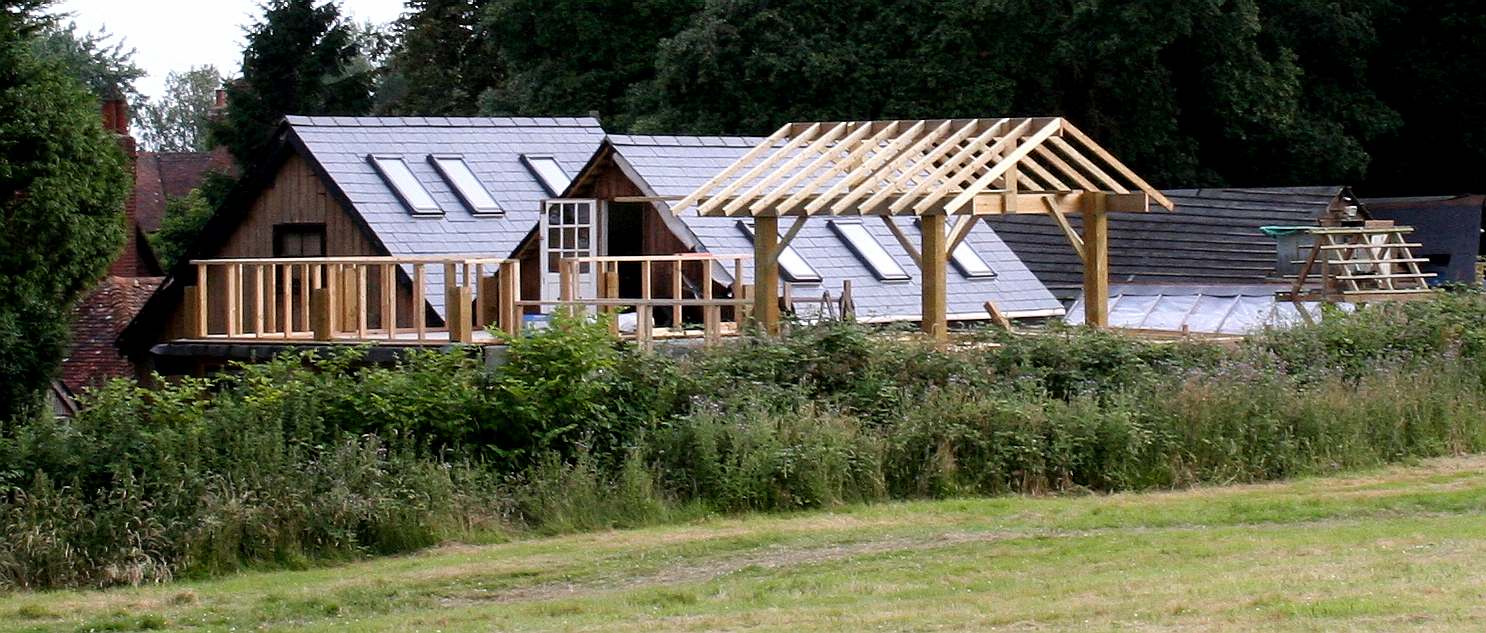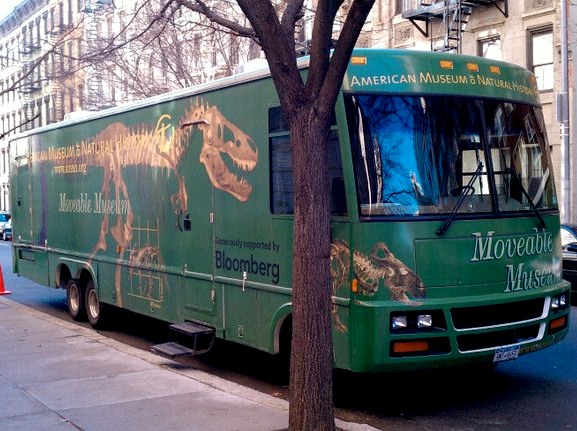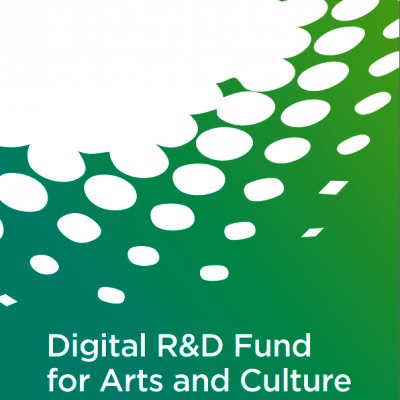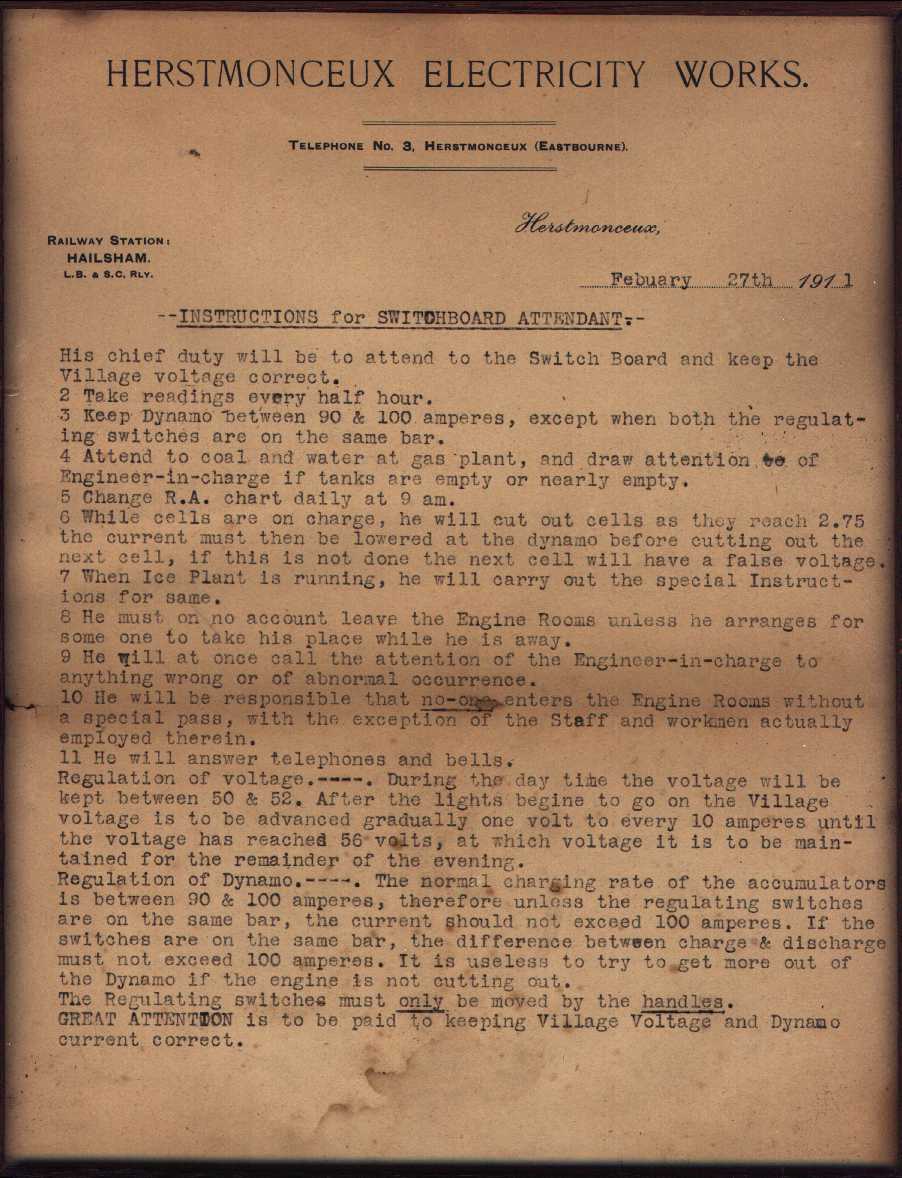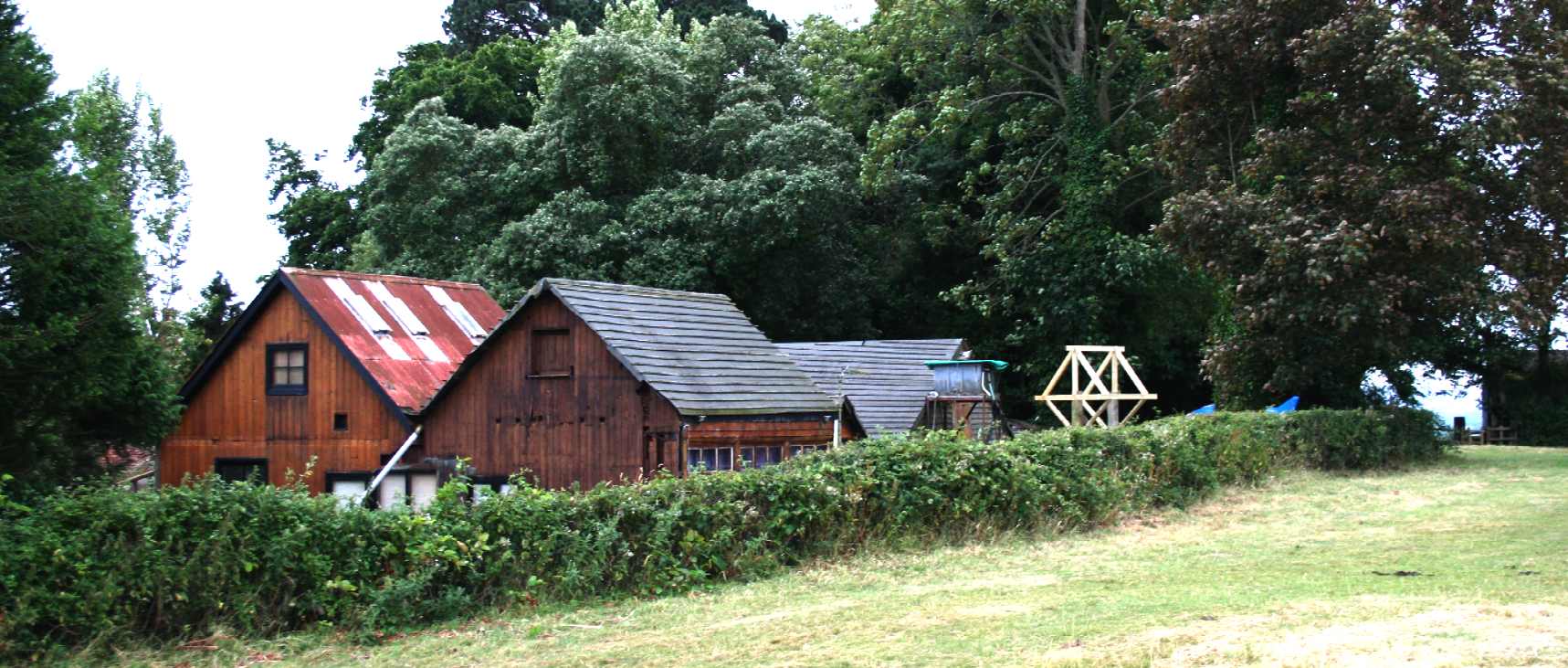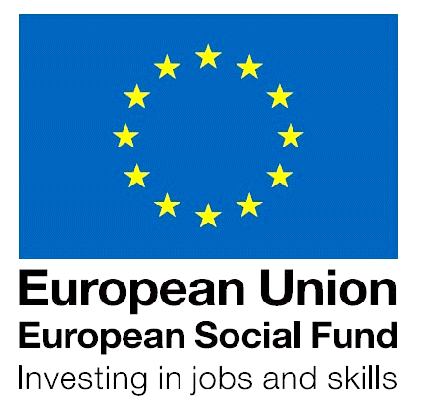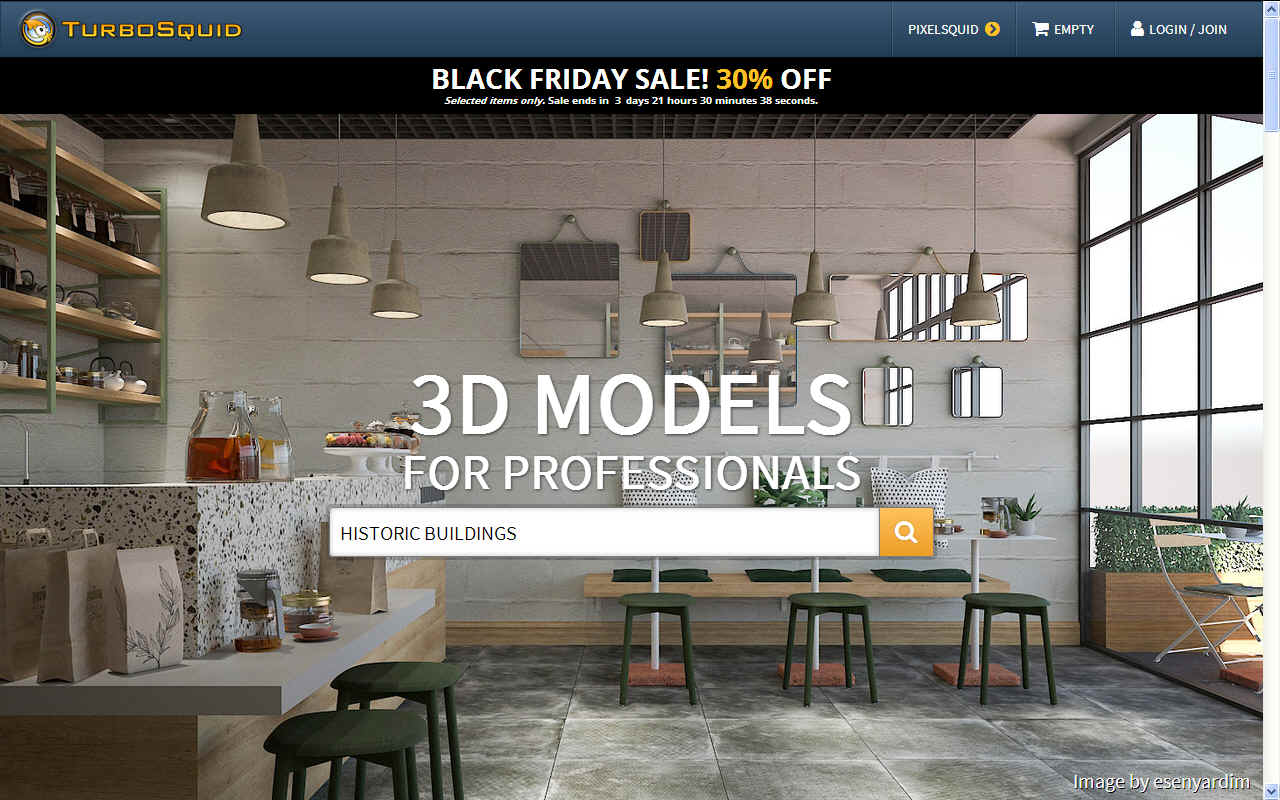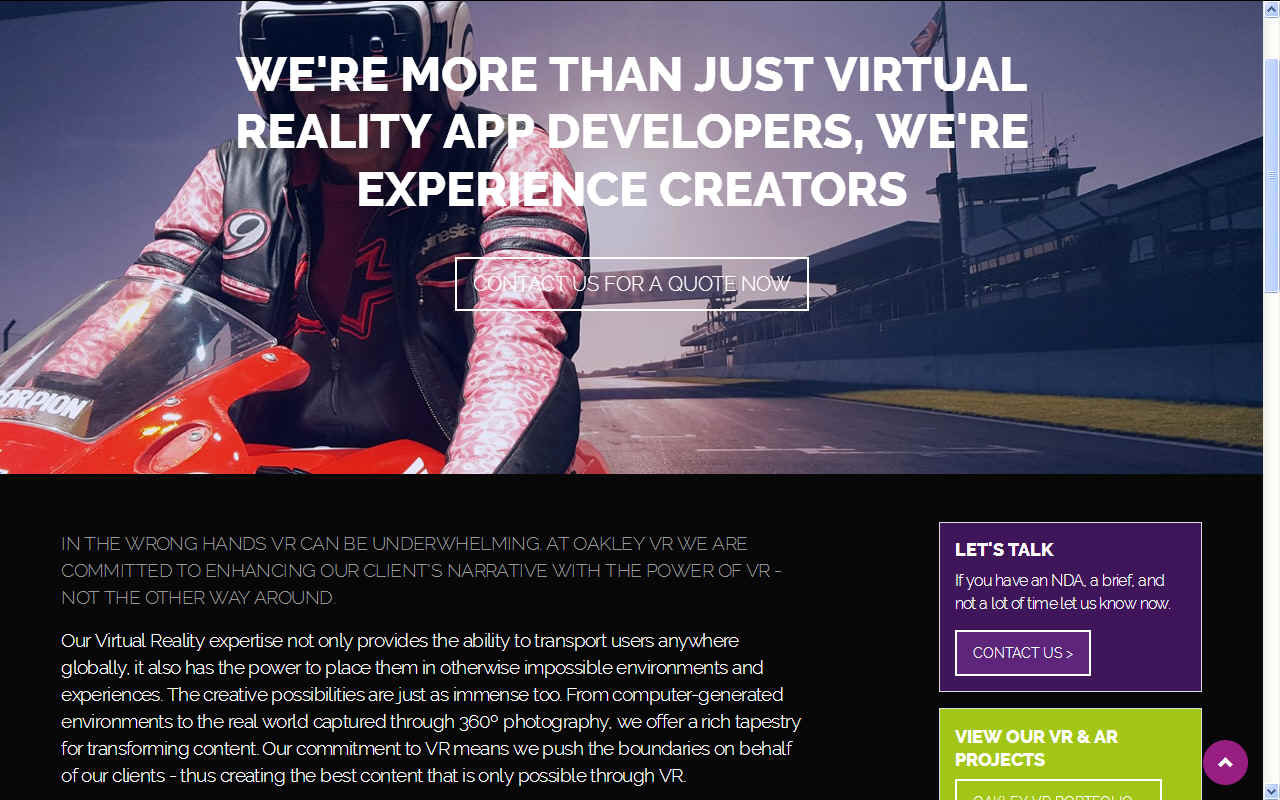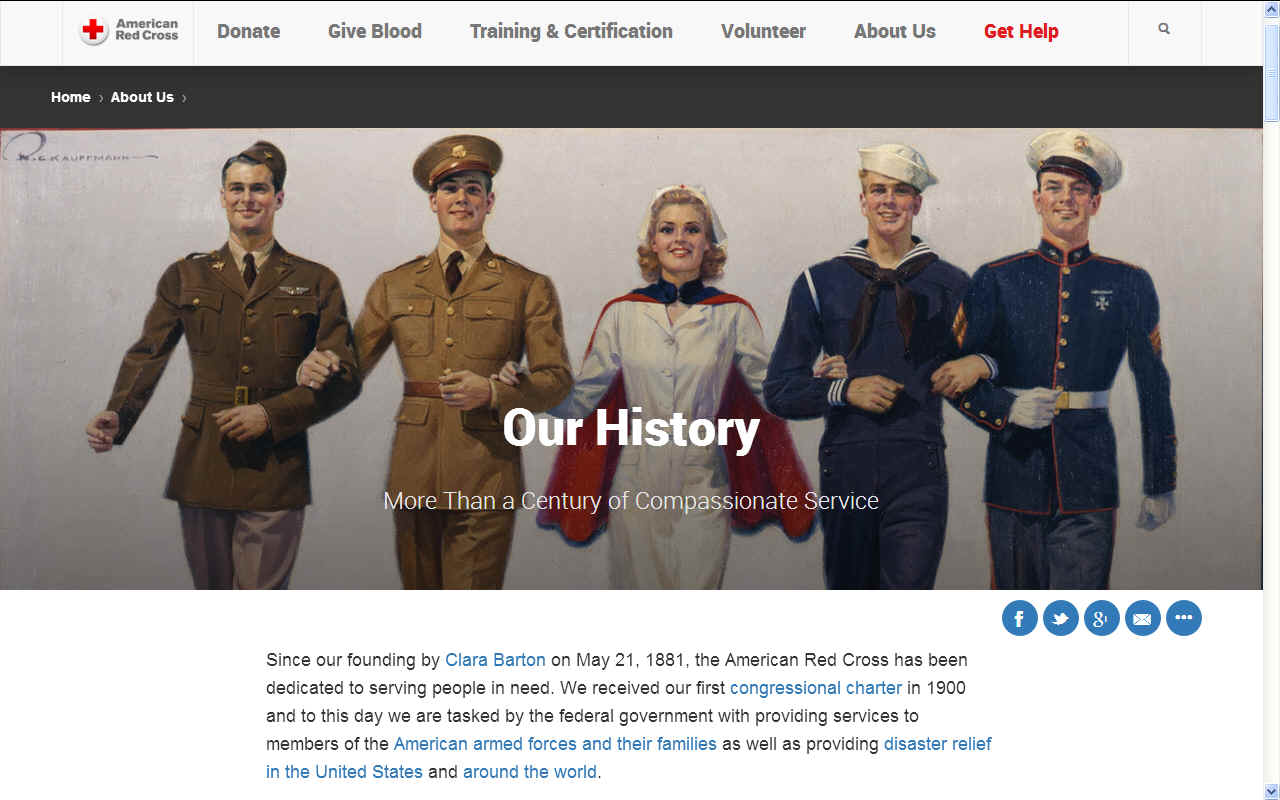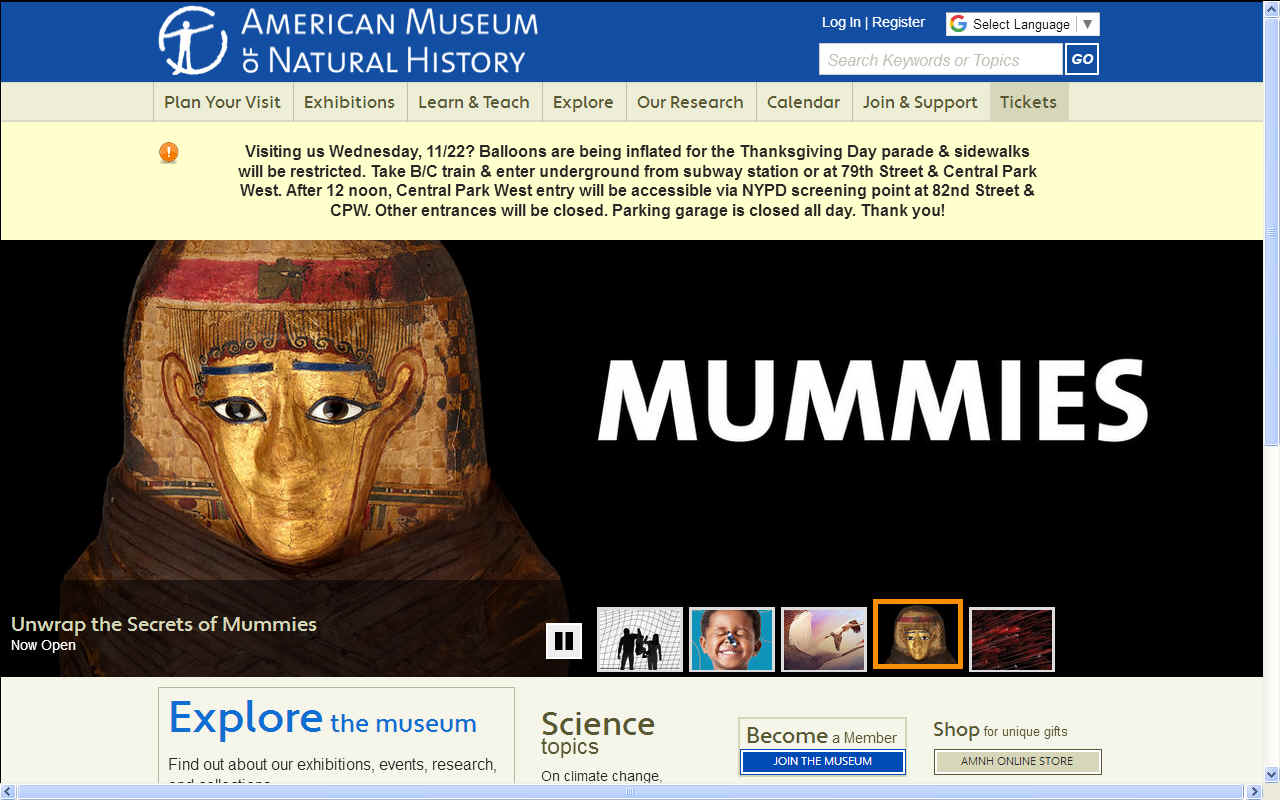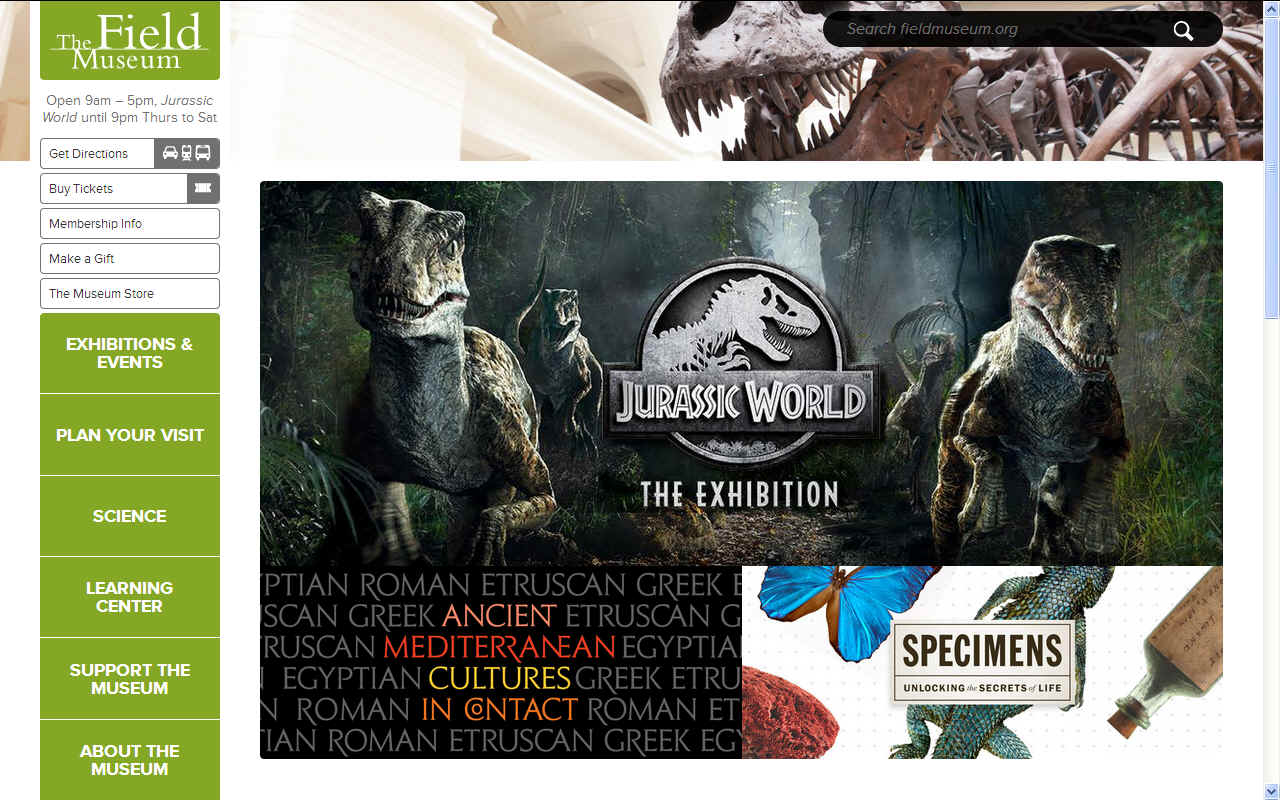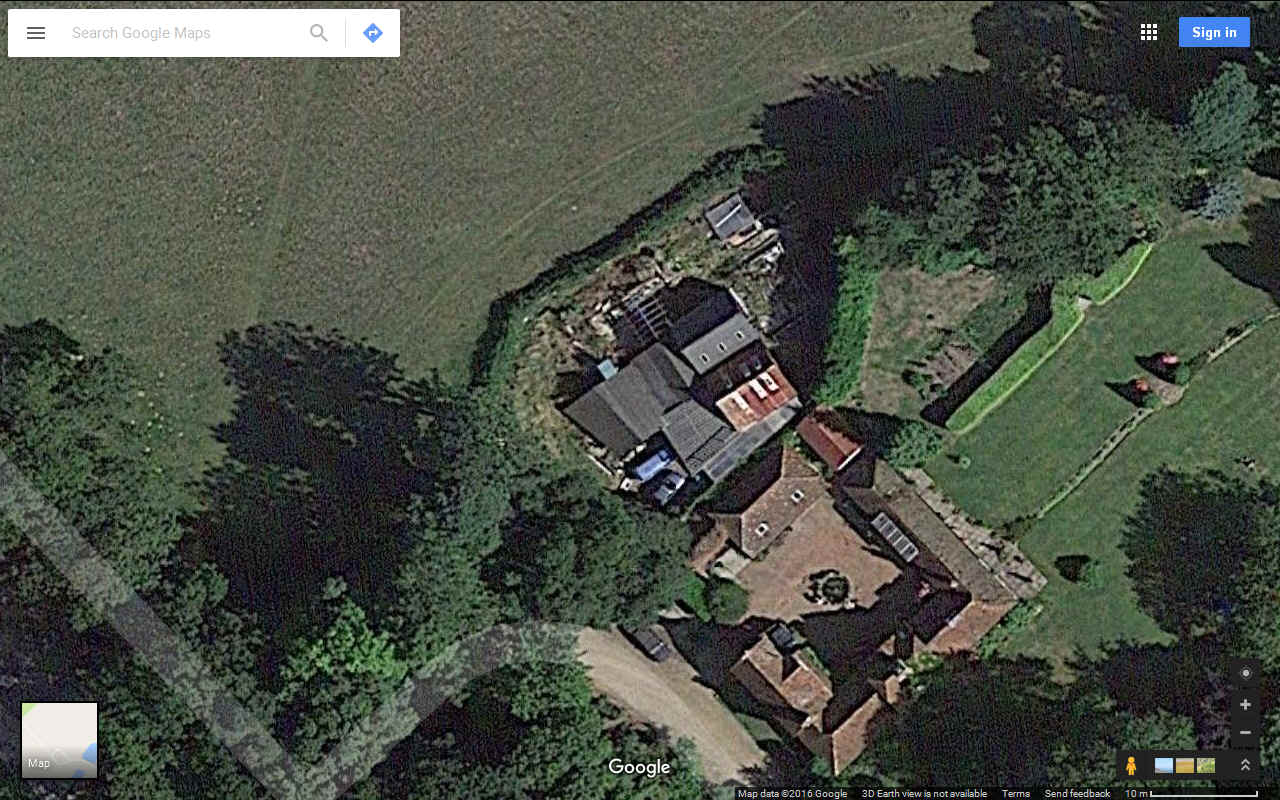•
Combined
Arts
• Dance
• Literature
• Museums
• Music
• Theatre
• Visual
Arts
• National
Portfolio Organisations
|
HX VIRTUAL REALITY MUSEUM TOUR OUR TIME CAPSULE ONLINE
|
|
|
2017 - Time is captured in the preservation of the former electricity generating complex at Herstmonceux in Sussex, information that would not normally be available to anyone living outside the village of Herstmonceux, but with the advent of the digital revolution this may change if we can secure the funding needed to develop the concept of the virtual museum.
This unique reminder of our past could have been open to the public, but for the onerous conditions that the local authority would seek to apply if the Trust were to allow site visits. Insurance too might then become an issue as would the cost of staff. The spanner thrown into the works by Wealden officials may work to our advantage if the site can be experienced as a cultural and learning experience by millions of people online. In our conservation works we receive no financial help from Historic England, the Heritage Lottery Fund, or Wealden District Council. This means that we have to work harder and more imaginatively than others who rely on (qualify for) state funding. Copyright © photograph 30 June 2017.
In the digital age, where the financial burden of works to be able to allow visitors to the site are beyond the capacity of the Trust and Wealden District Council have shown that they would be unwilling to allow repairs to the original specification or visitors to the site - where they appear not to want to encourage tourism in Sussex, the cost of the additional works to meet current building regulations might not only tend to undermine the originality of the structure that has stood the test of time, but also cause long term loss - and so detract from the conservation efforts of the Trust. For these reasons a virtual tour is planned to replace any opening to the public of the complex.
In terms of climate change, a virtual tour uses considerably less energy to educate the public, hence may be described as a low carbon economy project.
THE CHALLENGE
In furtherance of the Virtual Reality Museum of the future (the project) we are inviting help from video producers and IT specialists in the hope that we can make the experience something special and develop the technology for other museums around the world - again in the spirit of reducing carbon miles traveling to educational establishments - where a tour may be digital and equally informative.
In the UK our local authority are particularly keen to prevent carbon miles in Sussex, virtually (if you'll pardon the pun) bringing to a halt tourism and film production in a single blow. No wonder the rates are so high, where you are paying for their poor investment record overseas (immorality that should be illegal) and more maladministration than you could shake a stick at. All the more reason to think outside of the box, if we are to be able to share the amazing history attaching to this unusual building stretching back over 120 years - and still the building continues to support cutting edge innovation today.
If you have any ideas or proposals for such a project please contact Lime Park Heritage Trust. We understand that in some cases that grants may be available for innovative social and cultural projects as mentioned in some of the extracts of the support websites below.
FILMING NO GO - Wealden District Council's David Whibley explains in the letter above that although a permitted development, that in fact filming is not allowed in Sussex because of the Ashdown Forest and carbon emissions that may be associated with shooting scenes - no matter what the Secretaries of State intended. That is the danger with a conditional Permitted Development, with such wording the local authority will trip you up every time. This is one reason that we are going over to a virtual museum where no council can extract their pound of flesh. We would not want to upset Wealden in their efforts to preserve the ancient woodlands, no matter how disingenuous their intentions and hidden agendas, broadly revealed by repeated testing of the water.
WHAT IS A VIRTUAL MUSEUM
A virtual museum is a digital entity that draws on the characteristics of a museum, in order to complement, enhance, or augment the museum experience through personalization, interactivity and richness of content. Virtual museums can perform as the digital footprint of a physical museum, or can act independently, while maintaining the authoritative status as bestowed by the International Council of Museums (ICOM) in its definition of a museum. In tandem with the ICOM mission of a physical museum, the virtual museum is also committed to public access; to both the knowledge systems imbedded in the collections and the systematic, and coherent organization of their display, as well as to their long-term preservation.
There have been introduced various kinds of imaging techniques for building virtual museums, such as infrared reflectography, X-ray imaging, 3D laser scanning, IBMR (Image Based Rendering and Modeling) techniques. In the case of EU-funded projects, the ViHAP3D, a new virtual reality system for scanning museum artifacts, has been developed by EU researchers. Another interactive three-dimensional spatial environment is QTVR. Being a pre-rendered, fixed environment it is more restricted in regards to moving freely around in 3D space but the image quality can be superior to that of real-time rendered environments. This was especially the case in the mid-1990s when computing power and online speeds were limited.
MOBILE
MUSEUMS - A mobile museum is a museum educational outreach program that bring the museum to the people rather than vice versa. Typically they can be in Recreational Vehicles (RVs) or trucks/trailers that drive to schools, libraries and rural events. Their business model is to use grant or donor support, as they goal is to make the museum exhibit accessible to underserved populations. Below are some examples of mobile museums.
OTHER ONLINE MUSEUMS
So far, three thematic museums have been completed: Discover Islamic Art (www.discoverislamicart.org) (online since 2005, Database of 2,113 objects and monuments from 22 countries, 19 Virtual Exhibitions); Discover Baroque Art(www.discoverbaroqueart.org) (online since 2010, Database of 588 objects and monuments from 7 countries, 9 Virtual Exhibitions), and Sharing History (www.sharinghistory.org) (focusing on Arab-Ottoman-European relations between 1815 and 1918, online since 2015, Database of 2,636 objects and monuments from 22 countries, 10 Virtual Exhibitions).
Carnamah Historical Society — an
Australian historical society whose Virtual Museum: to be known and distinguished as Carnamah won a Museums and Galleries National Award in 2014.
The portal offers search & retrieval and integrated access to digitized collections of 10 national museums namely National Museum of India, New Delhi; Allahabad Museum, Allahabad; Indian Museum, Kolkata; National Gallery of Modern Arts (NGMA), New Delhi; National Gallery of Modern Arts (NGMA), Mumbai; National Gallery of Modern Arts (NGMA), Bengaluru; Archaeological Survey of India (ASI) Museum, Goa; Archaeological Survey of India (ASI) Museum, Nagarjunakonda; Salar Jung Museum, Hyderabad and Victoria Memorial Hall, Kolkata.
All participating museums are using JATAN: Virtual Museum Builder, a software developed by C-DAC
for the purpose of standardization. The National Portal for Museums of India also won Special Mention Grand Jury Manthan Award in e-Culture, Heritage & Tourism category in 2015.
EUROPEAN REGIONAL DEVELOPMENT FUND
The ERDF aims to strengthen economic and social cohesion in the European Union by correcting imbalances between its regions.
Some ERDF resources must be
channeled specifically towards low-carbon economy projects:
NESTA - DIGITAL R&D FUND FOR THE ARTS
The Digital R&D Fund for the Arts supported ideas that use digital technology to build new business models and enhance audience reach for organisations with arts projects. Why did they do this?
The fund, a partnership between Nesta, the Arts Council England and the Arts and Humanities Research Council (AHRC), encouraged collaboration between the arts, digital technology providers and the research community in order to undertake experiments from which the wider arts sector could learn.
What did they do?
£7million was made available for projects over the period 2012-2015 for projects up to a value of £125,000. Two new strands within the fund were introduced in 2013 to encourage applications around big data and research with funding up to £300,000.
The fund itself is now closed but you can access the free resources created as part of the programme of work from the timeline below, which includes a digital toolkit for the arts, research papers and a portal for exploring the results of the Digital Culture survey. The National Archives has also published an archive version of the website.
The background
The Digital R&D Fund for the Arts in England followed a pilot exercise (The Digital Research & Development Fund for Arts and Culture) during 2011/12 between the Arts Council England, Arts & Humanities Research Council (AHRC) and Nesta to support arts and cultural organisations across England who wanted to work with digital technologies to:
* expand their audience reach and engagement and/or * explore new business models
Each of the pilot projects was selected because they would produce research and data that other arts and cultural organisations would value highly and, possibly, develop new products/services that could be used by other organisations. A key element of the fund is the partnerships between arts and cultural organisations, technology providers and researchers.
We invited Dr Paul Gerhardt, of Archives for Creativity, to work with the pilot projects to compile brief case studies of each project, and to capture the main learning points. You can read a summary of his findings here, and the more detailed case studies via the links below.
CulturApp: Dickens London Trails
THE ARTS COUNCIL
In partnership with Nesta and AHRC, the Artc Council funded 52 arts and culture organisations to collaborate with tech companies and researchers to explore new ways to reach audiences or generate income.
This is the fourth year of research tracking the changing uses and impact of technology among arts and cultural organisations.
You can also look at a
Data Portal which has been specially designed to help you explore the results from Digital Culture survey in more depth.
EUROPEAN SOCIAL FUND
For the 2014-2020 period, the ESF will focus on four of the cohesion policy's thematic objectives:
Organisations receiving (ESF) or match funds must comply with the information and publicity regulatory requirements of the European Union (EU) and the England ESF programme.
THE
ESF IN THE UNITED KINGDOM
ANTIQUE DOCUMENT - This is an amazingly rare find, a document dated from February of 1911. These are one of a series of instructions to the engineers who were operating the generating machinery in Lime Park. You may notice that in addition to generating electricity for the village that plant was in situ for making ice. Luxury indeed in 1911.
NETWORK FOR SOCIAL CHANGE
The Network for Social Change is a group of individuals providing funding for progressive social change, particularly in the areas of justice, peace and the environment. Together we give well over £1 million a year to a variety of projects and
organisations. About 90% of this is through our charity Network for Social Change Charitable Trust, with the rest through our non-charity, Funding for Social Change Limited.
MONUMENT AT RISK - The main generating buildings when in need a new roof and other repairs. The felt roof was a temporary measure to prevent water ingress where privately owned historic buildings are not considered to be important enough to warrant help from the Heritage Lottery Fund or Historic England.
LINKS & REFERENCE
Tour The American Museum of Natural History The American Museum of Photography Guided Tour American Red Cross Virtual Museum American Treasures - Library of Congress Tour of The Andy Warhol Museum The Canadian Museum of Civilization Tour The Catherine Palace of Tsarskoye Selo Tour The Collection at The National Gallery of Art Tour the DeCordova 35 acre Sculpture Park The Drop Zone Virtual Museum (WW II Airborne) Virtual Tour of Durham Cathedral Tour the Field Museum of Natural History Exhibits Institute and Museum of History of Science - Florence, Italy Greek and Roman Art Collection The International Museum of Horses Tour The Museum of Unnatural Mystery Tour the Metropolitan Museum of Art Tour Historic Mount Vernon The Home of George Washington Tour The National Museum of Women in the Arts Tour the Natural History Museum in London Tour the Orchard House/Home of the Alcotts Tour the U.C. Berkeley Museum of Paleontology Tour the Rock & Roll Hall of Fame + Museum Tour the International Surfing Museum Tour the Virtual Egyptian Museum Tour the Smithsonian - The World's Largest Museum Toyota Automobile Museum in Tokyo Ueberseemuseum in Bremen, Germany (In German) Tour Williamsburg and You'll Tour Through the Pages of Colonial America.
https://www.turbosquid.com/ http://www.oakleyvr.com/virtualrealityexperts/ https://www.virtalis.com/3d-vr-software/ https://museumscomputergroup.org.uk/ http://www.artscouncil.org.uk/creative-media/digital-rd-fund-arts-2012-15 http://www.ahrc.ac.uk/ http://www.nesta.org.uk/project/digital-rd-fund-arts http://ec.europa.eu/regional_policy/en/funding/erdf/ https://www.justgiving.com/crowdfunding/categories/local-community https://www.leetchi.com/en/fundraising http://www.sussexmuseums.co.uk/ http://www.english-heritage.org.uk/ http://www.wealden.gov.uk/ http://www.thekeep.info/
VIRTUAL REALITIES LLC - Since 1992, Virtual Realities, LLC. has been one of the world’s leading distributor of 3D peripheral products, input/output devices, bundled software, and integrated systems to the educational, industrial, entertainment, and military markets. In addition to selling their own product line of head mounted displays and motion tracking systems, they are also a leading reseller of many other display and tracking products. Their goal is to provide customers with integrated turnkey solutions that deal with Professional Virtual Reality applications.
VIRTALIS 3D VR - Virtalis produce a powerful immersive 3D VR software: Visionary Render, that has been designed by their experienced team as a tool solely with the 3D environment in mind. It enables CAD users to easily transfer source data from multiple CAD packages into an immersive 3D visualisation experience. Similarly Visionary Render’s sibling VR software VR4CAD speedily transforms CAD models into full 3D VR and can save viewpoints, annotations and snapshots. Billed as the Gateway to Pro VR, VR4CAD is out-of-the-box VR software. It works with an impressive list of CAD packages and is an affordable option for CAD users looking to dip their toes into the world of Virtual Reality.
The software options range from model creation tools to virtual world creators. Virtalis use these software packages themselves and each has a “champion” within Virtalis who can both extol its virtues and explain its limitations. Their team can advise you on the best software or combination of software for your purposes. In many instances, we can also provide some evaluation software.
3D MODELS OFF THE SHELF - TurboSquid is a digital media company that sells stock 3D models used in 3D graphics to a variety of industries, including computer games, architecture, and interactive training. The company, headquartered in New Orleans, Louisiana in the United States, is most known for brokering the sale of 3D models in return for a percentage of the sales. As of 2014, TurboSquid had over 550,000 3D models in its library, making it the largest library of 3D models for sale in the world. Turbosquid also has over 130,000 other products available, such as texture maps, most at affordable prices for developers.
VIRTUAL INTEREST - There are hundreds of museums that are going over to virtual tours and we are one of them. There are companies out there that can turn your vision into a reality, virtually of course. Some of them are on this page.
HERITAGE INDEX A - Z
CAMPBELL HALL - BLUEBIRD ELECTRIC CARS - BE1 - BE2 - BE3 - BE4 GAS ENGINES - COAL CONVERSION, INTERNAL COMBUSTION OBSERVATORY - HERSTMONCEUX CASTLE SOLAR LADY - STATUE
GOOGLE MAPS - The detail is not that great and the situation on the land is significantly improved in that the site has undergone a massive clean up to remove the build up of flora. You can though see the brick walls indicative of the extent of the foundation layout to the rear (north-east) of the main generating buildings. The walls have been partly repaired and a smaller part of the footprint covered with decking and water goods to protect the archaeological features. The eventual objective is to restore the section that was taken down completely.
RED SKY - Red sky at night, shepherds delight. This stunning sunset was taken one balmy evening in Herstmonceux, Sussex as the sun went down. We tend to take these glorious views for granted, when they are spectacular and sometimes take your breath away from the sheer beauty. Copyright © photograph June 30 2017. You will need the permission of Lime Park Heritage Trust to use this picture. All rights reserved.
|
|
|
This website is Copyright © 2023. All rights reserved. All other trademarks are hereby acknowledged. Contact Us www.cherrymortgages.com
|
